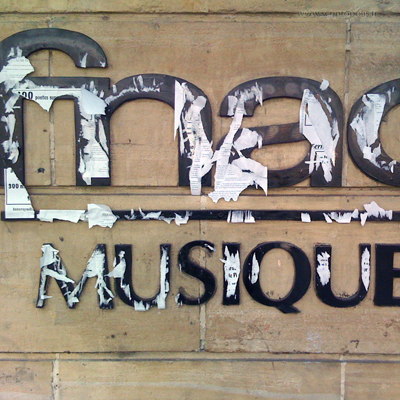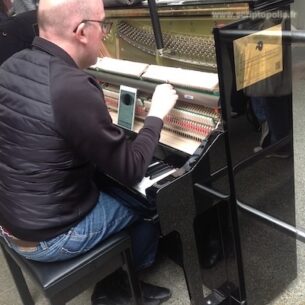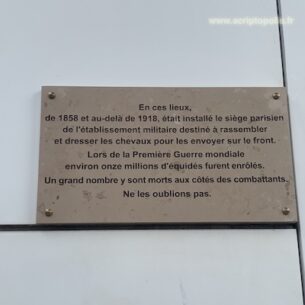The game of the name

Paris, may 2009.
Street nameplates, shop signs, billboards do not only punctuate public places, they are especially favorable sites where names are displayed. A proper name of a great historical figure here, a common noun that is part of the urban landscape there, an acronym transformed in a trademark elsewhere. Once it is displayed and scattered numerous times to the four corners of the city for some, of the world for others, a name constitutes a reference. It designates a kind of place which is associated to a whole set of activities and productions.
Fnac is indeed one of such names that circulate without constraints in conversations and daily consumption practices. One generally goes there to buy cultural products. Nevertheless, the same place is a workplace for employees, an organization made of several departments, shaped by rules and prescriptions, full of formal and informal hierarchies, oriented toward productivity and distribution constraints… But, customers or employees, how many actually know that this acronym, transformed in a near name, used to mean “Fédération Nationale d’Achats des Cadres” before becoming “Fédération Nationale d’AChats”?
What a name means and its several meanings and historical transformations doesn’t matter. The important thing for a name is to be displayed, to circulate, to further extend the borders of its own territory, and to shine forth as long as possible. Yet, the smooth surface of a name sometimes declines, creases and shows the more or less numerous rifts in its presumed coherence. It was the case that day: employees were rising up against the elimination of jobs by recovering the name with protest leaflets. Thus, they made visible part of the organization backrooms, they displayed on the name itself the multiple tensions that sustain it. The management tried to tear out such impurities, to remove what Derrida calls a différance, but the name did not totally recover its own sparkle.






